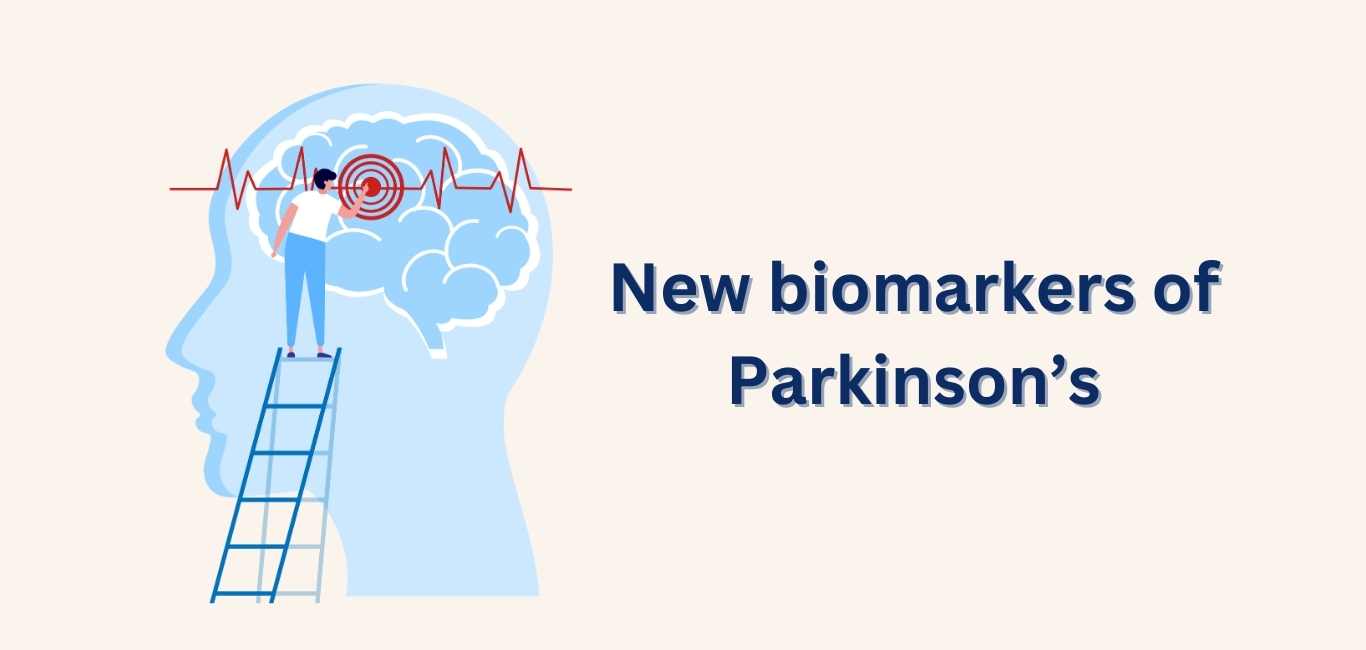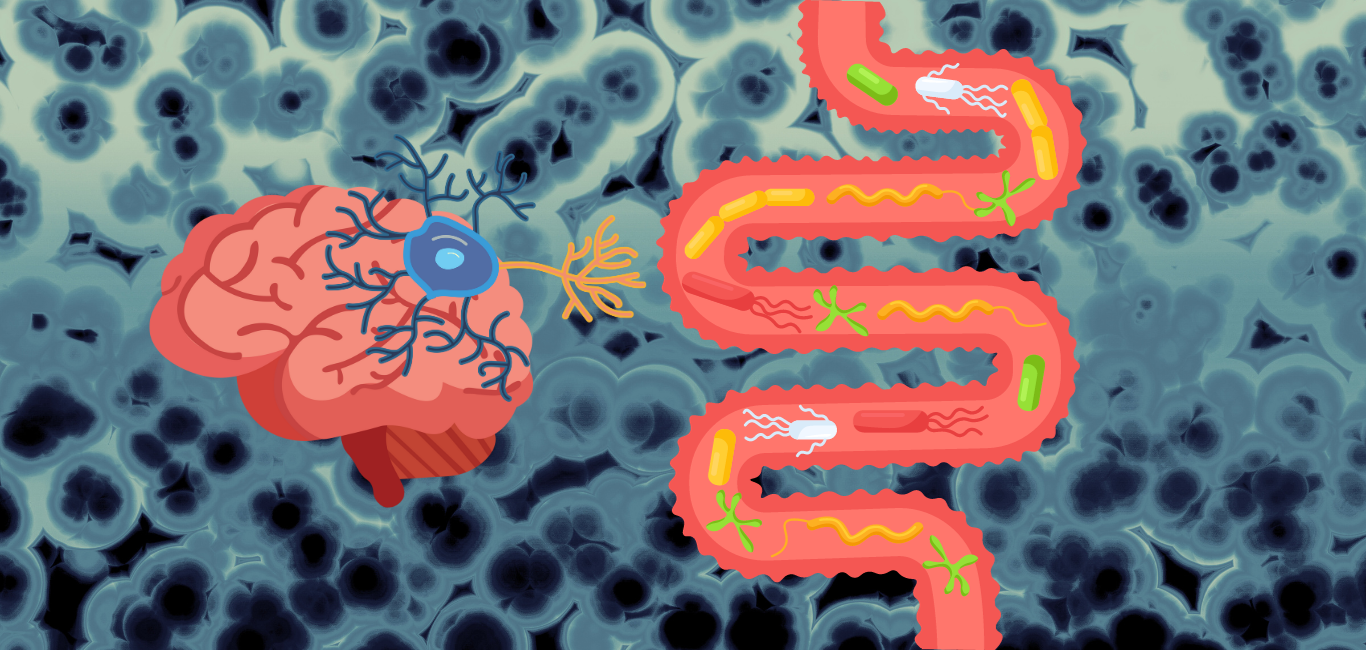
A breakthrough by researchers from the National Brain Research Centre (NBRC), Gurgaon, has found that the levels of the antioxidant glutathione and iron in the brain regions have a say in the progress of Parkinson’s disease. Their findings were published in ACS Chemical Neuroscience.
Earlier studies have hinted that oxidative stress could play a role in the progress of Parkinson’s. The NBRC team investigated if restoring the balance of antioxidants could slow the march of the condition.
The author of the study, Dr Pravat K Mandal, from the Neuroimaging and Neurospectroscopy Laboratory (NINS), NBRC, tells Happiest Health, “These findings could open up a new clinical trial of the antioxidant glutathione, and then may be iron chelator that reduces the iron level in the brain, thereby aiding in effective management of Parkinson’s.”
Dr Mandal said that often Parkinson’s is solely associated with low dopamine levels. However, as everyone with similar dopamine levels does not develop Parkinson’s, the team thought there might be some other contributing factors.
Loss of body control
Parkinson’s poses challenges in a person’s daily life as it impairs body movements, causes muscle rigidity, triggers resting tremors and affects postural reflexes. A well-known case is that of the legendary boxer, the late Muhammad Ali. After retiring from the ring, the ace boxer had to lose his fight to this debilitating and progressive neurological condition.
Movement losses arise due to the loss of dopamine-producing neurons called dopaminergic nerve cells present in the substantia nigra region of the brain. Here, a chemical known as alpha-synuclein protein begins to accumulate. Clumps of the protein called Lewy bodies disrupt the normal functioning of the cells, eventually leading to toxicity and neuronal death.
Beyond mobility issues, Parkinson’s also impairs non-motor activities, altering memory, attention, sense of smell and visual perception. These manifestations are associated with a damaged hippocampus, a region crucial for different cognitive processes besides being the seat of memory formation and consolidation.
Oxygen and iron in cell functions
The same researchers analysed several studies done on brain autopsy samples of people who had died due to Parkinson’s. They found that the brain tissues of these people had depleted levels of a crucial antioxidant, glutathione. Low levels of this antioxidant make the nerve cells prone to oxidative stress.
Oxidative stress implies that the cells have excessive reactive oxygen species (ROS) and less antioxidants. While antioxidants protect cells from oxidative stress, elevated ROS damages the cells’ DNA, proteins, lipids and other structural components.
The researchers also found that the study samples indicated high levels of iron concentration. Antioxidants and iron naturally occur in the body; they are required daily to perform different bodily functions.
An abnormal increase in iron levels creates an environment conducive for generating reactive oxygen species, thereby exacerbating the oxidative stress in the brain.
Breakthrough revelations
Spurred by these observations, the researchers further investigated the effect of glutathione and iron levels susceptibility in the substantia nigra and hippocampus regions in people of the same age – but with and without Parkinson’s.
87 people aged fifty-five years and above participated in their study. Among them, 44 had Parkinson’s and were from Paras Hospitals, Gurgaon. The remaining 43 were from HelpAge India, National Capital Region, New Delhi, and did not have the condition.
The researchers used a non-invasive screening technique, namely magnetic resonance spectroscopy (MRS), to analyse the glutathione levels in the brains of the participants. “We have used MRI-based quantitative susceptibility measurements (QSM) to monitor elevated iron levels,” explains Dr Mandal.
They found that in the group members with Parkinson’s, the substantia nigra region on the left side of the brain had low levels of glutathione, and their hippocampus region had a higher concentration of iron compared to the group without Parkinson’s.
The next steps
Catching the early signs of Parkinson’s is imperative for good management of the condition. Dr Mandal says that decreased glutathione and increased iron together in substantia nigra could act as a promising biomarker to detect Parkinson’s early. The team plans to take their research to clinical trials.

















